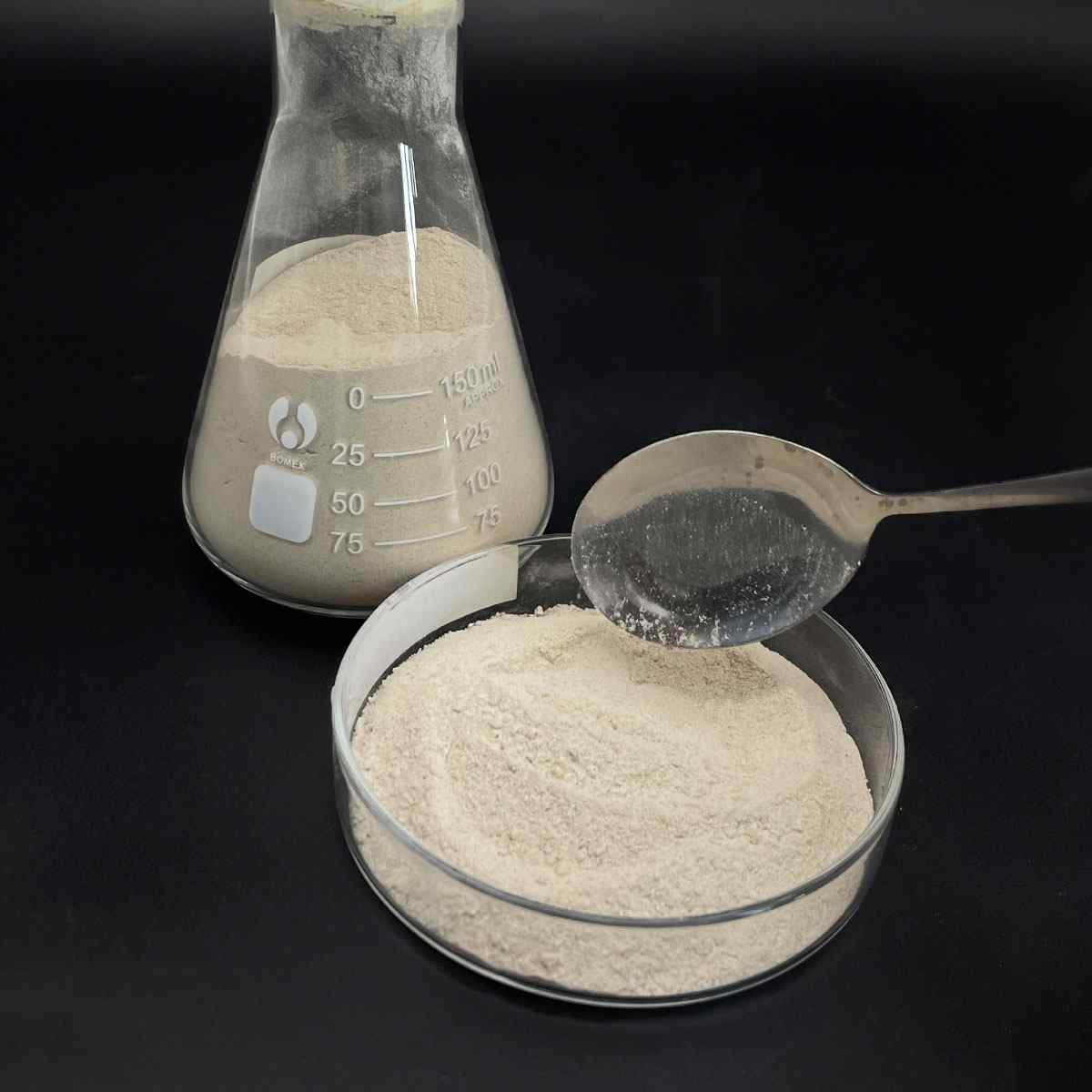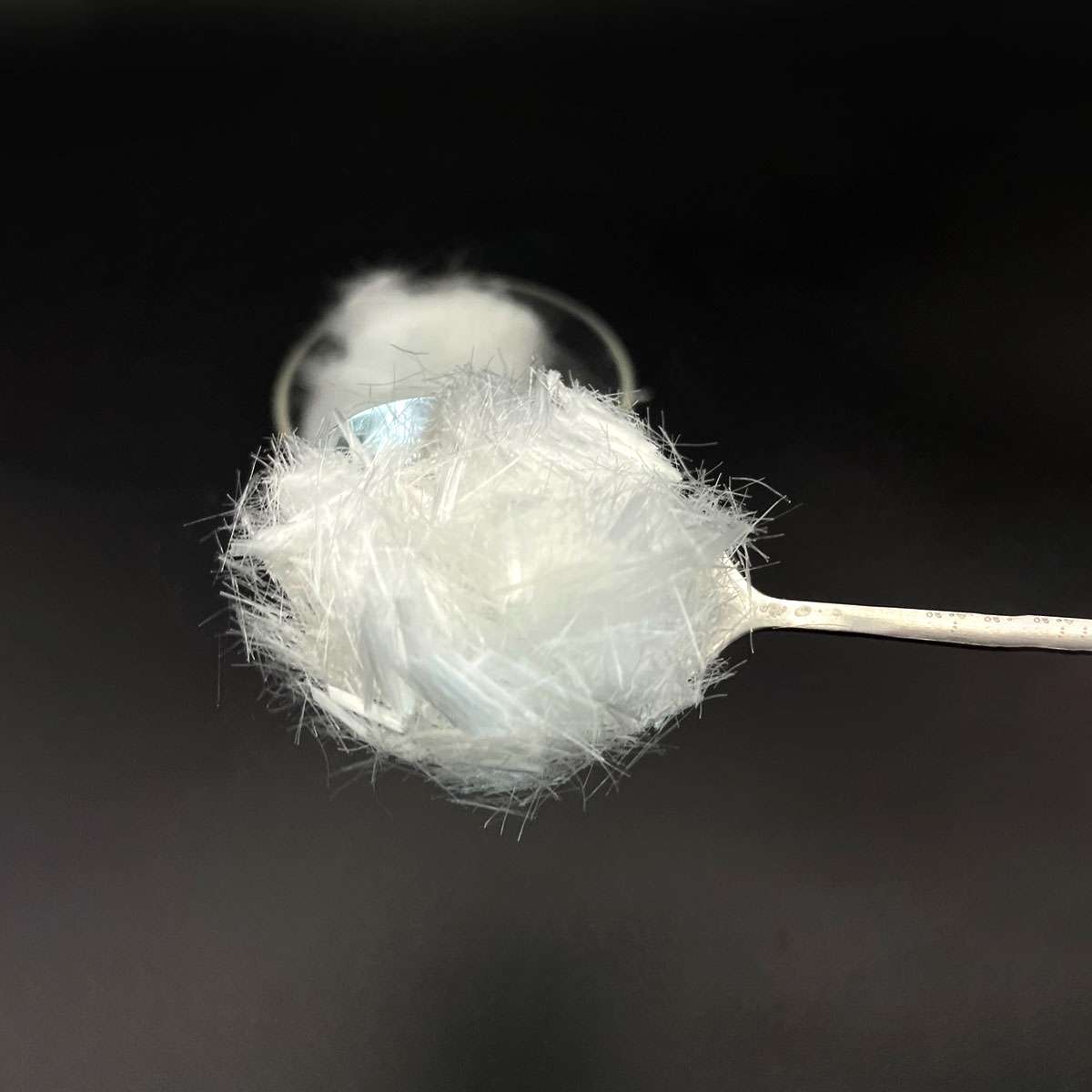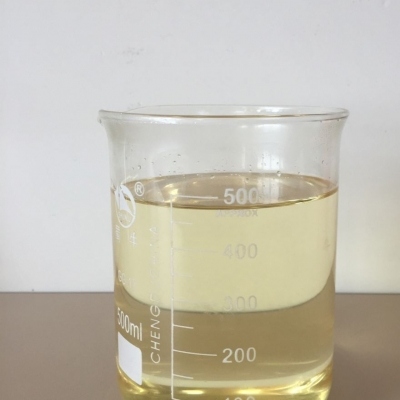Overview of High purity lead telluride powder (n-type and p-type)
Telluride and selenide compounds play a significant role in the field of semiconductors, particularly in the development of advanced electronic and optoelectronic devices. These materials belong to the chalcogenide family, characterized by their ability to form compounds with elements from groups IV-VI in the periodic table.
Tellurides: Compounds containing tellurium (Te) as the chalcogen. Examples include cadmium telluride (CdTe), mercury telluride (HgTe), and zinc telluride (ZnTe). These materials have found applications in solar cells, infrared detectors, and high-speed electronics due to their tunable bandgap, high electron mobility, and good thermal stability.
Selenides: Similar to tellurides, but with selenium (Se) replacing tellurium. Notable examples are cadmium selenide (CdSe), gallium selenide (GaSe), and zinc selenide (ZnSe). Selenide compounds are widely used in light-emitting diodes (LEDs), laser diodes, and solar cells due to their direct bandgap properties and efficient light absorption/emission capabilities.
Feature of High purity lead telluride powder (n-type and p-type)
Direct Bandgap: Many telluride and selenide semiconductors have direct bandgaps, which facilitate efficient light emission and absorption processes. This makes them suitable for optoelectronic applications such as LEDs and lasers.
Tunable Bandgap: The bandgap of these materials can be adjusted by alloying or altering the composition (e.g., CdSe to CdTe), enabling customization for specific device requirements across a wide spectrum of wavelengths.
High Electron Mobility: Materials like HgCdTe exhibit high electron mobility, which is crucial for high-speed electronic devices and low-noise detector applications.
Thermal Stability: Some tellurides and selenides, like ZnTe and ZnSe, demonstrate good thermal stability, making them suitable for high-temperature operation and processing.
Non-Toxic Alternatives: With increasing environmental concerns, there’s a push towards exploring less toxic alternatives to commonly used semiconductors. For instance, Cd-based tellurides and selenides are being replaced or combined with less toxic elements like Mg or Mn in some applications.

(High purity lead telluride powder (n-type and p-type))
Parameters of High purity lead telluride powder (n-type and p-type)
Lead telluride (PbTe), a binary compound of lead and tellurium, is a fascinating material with unique electronic properties, making it an essential component in various optoelectronic and thermoelectric applications. It exhibits both n-type (negatively charged carriers) and p-type (positively charged carriers) behavior depending on the preparation method and doping techniques used.
N-type lead telluride is obtained by introducing donor impurities, typically alkali metals like sodium or potassium, into the crystal lattice. These impurities create free electrons, acting as charge carriers, hence resulting in a high concentration of negative charge carriers. The purity of this form is critical for its performance, as impurities can reduce conductivity and introduce noise in electronic devices. High purity n-type PbTe powders have a resistivity that decreases with increasing temperature, making it suitable for thermoelectric generators and coolers.
On the other hand, p-type lead telluride is achieved by incorporating acceptor impurities, such as bismuth or antimony, which create holes in the valence band. These holes serve as positive charge carriers, and a high level of purity is essential to ensure efficient carrier transport. P-type PbTe is often employed in photovoltaic cells due to its ability to absorb light and generate electron-hole pairs, contributing to the conversion of solar energy.
The synthesis of high purity lead telluride powders typically involves processes like vacuum sublimation, solid-state reactions, or chemical vapor deposition. These methods help to minimize the presence of unwanted impurities and achieve a crystal structure with fewer defects. The particle size and morphology of the powder can also be controlled through careful processing, which influences the material’s performance in device fabrication.
In terms of physical properties, lead telluride has a high melting point (628°C) and a relatively low thermal conductivity, making it an attractive material for thermoelectric applications where waste heat recovery is desired. Its direct bandgap, ranging from 0.3 to 0.5 eV, allows for efficient absorption of light and conversion to electrical energy in optoelectronics.
The high purity of n-type and p-type lead telluride powders ensures reliable performance in devices like solar cells, thermoelectric generators, infrared detectors, and bolometers. However, research and development continue to focus on improving the material’s properties, such as enhancing the carrier mobility and reducing the lattice thermal conductivity, to further optimize its performance in these applications.
In conclusion, lead telluride powders, whether n-type or p-type, with high purity, are essential for exploiting their unique electronic properties in modern technology. The purity level directly impacts the efficiency and reliability of devices, and ongoing efforts to refine synthesis techniques and optimize material properties will continue to drive advancements in the field.

(High purity lead telluride powder (n-type and p-type))
FAQ of Semiconductor Materials
Inquiry us






